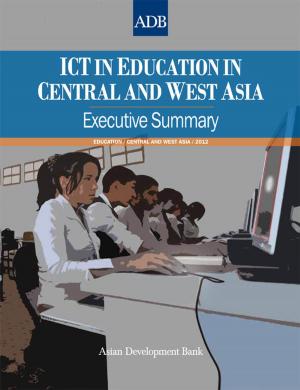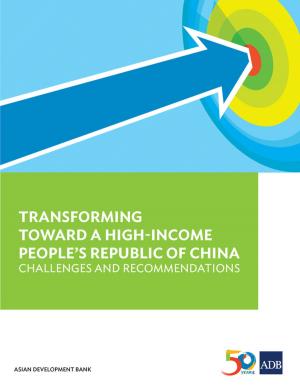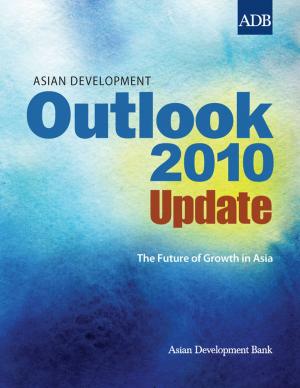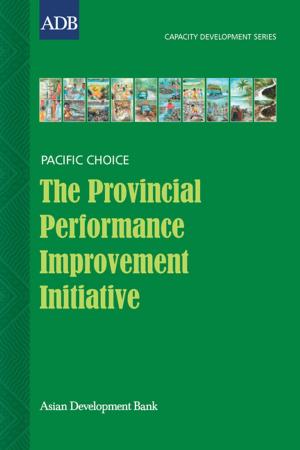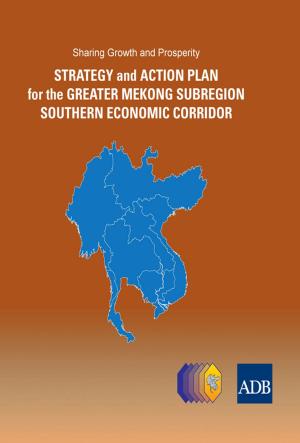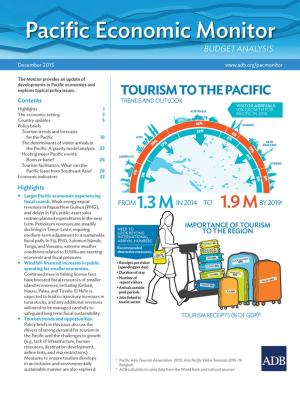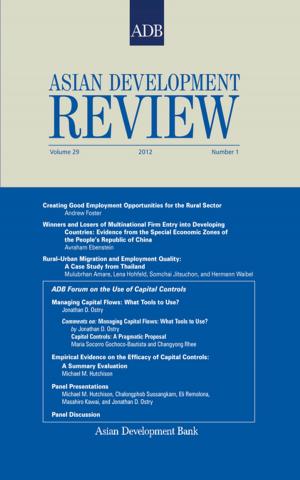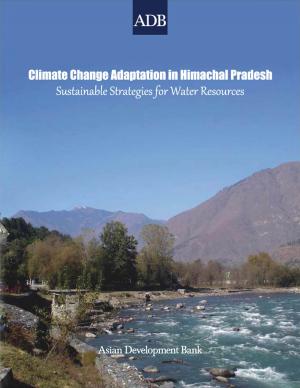Women in the Workforce
An Unmet Potential in Asia and Pacific
Nonfiction, Social & Cultural Studies, Social Science, Gender Studies| Author: | Asian Development Bank | ISBN: | 9789292549145 |
| Publisher: | Asian Development Bank | Publication: | April 1, 2015 |
| Imprint: | Asian Development Bank | Language: | English |
| Author: | Asian Development Bank |
| ISBN: | 9789292549145 |
| Publisher: | Asian Development Bank |
| Publication: | April 1, 2015 |
| Imprint: | Asian Development Bank |
| Language: | English |
Despite economic growth, decreasing fertility rates, and rising education levels, women in Asia are on average 70% less likely than men to be in the labor force, with the country-to-country percentage varying anywhere from 3% to 80%. Results of a new simulation model suggest that closing the gender gap could generate a 30% increase in the per capita income of a hypothetical average Asian economy in one generation. This report discusses the reasons behind the continuing gap in the labor force participation rate between women and men in Asia and the Pacific, the impact of this gap on economic growth, and policy lessons drawn from specific country experiences in the region and elsewhere in the world. The channels of gender inequality are so complex that policy interventions must go beyond economics to effectively address them. Such a multidimensional approach to reducing gender inequality could unleash a nation's full potential for inclusive growth and development.
Despite economic growth, decreasing fertility rates, and rising education levels, women in Asia are on average 70% less likely than men to be in the labor force, with the country-to-country percentage varying anywhere from 3% to 80%. Results of a new simulation model suggest that closing the gender gap could generate a 30% increase in the per capita income of a hypothetical average Asian economy in one generation. This report discusses the reasons behind the continuing gap in the labor force participation rate between women and men in Asia and the Pacific, the impact of this gap on economic growth, and policy lessons drawn from specific country experiences in the region and elsewhere in the world. The channels of gender inequality are so complex that policy interventions must go beyond economics to effectively address them. Such a multidimensional approach to reducing gender inequality could unleash a nation's full potential for inclusive growth and development.

